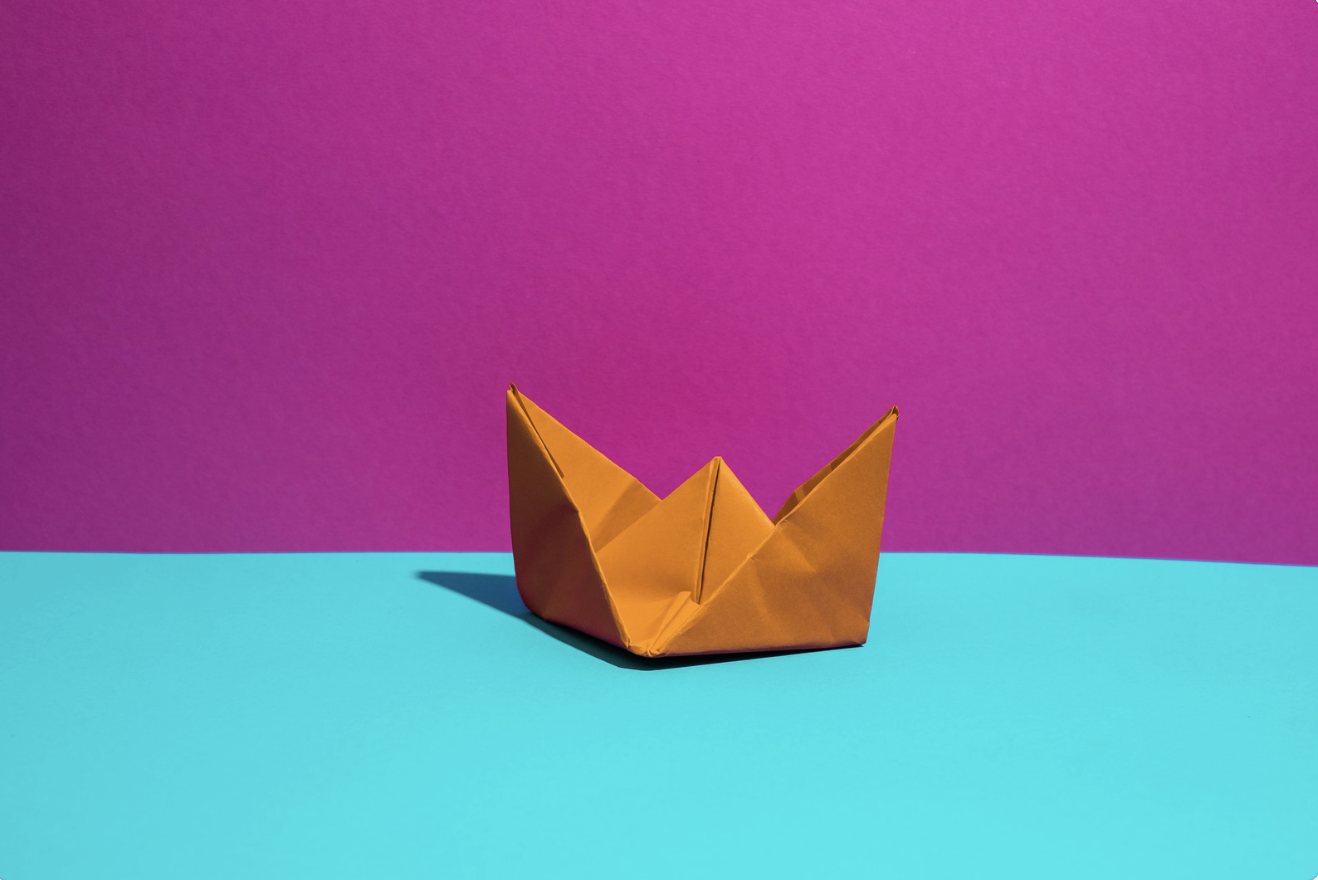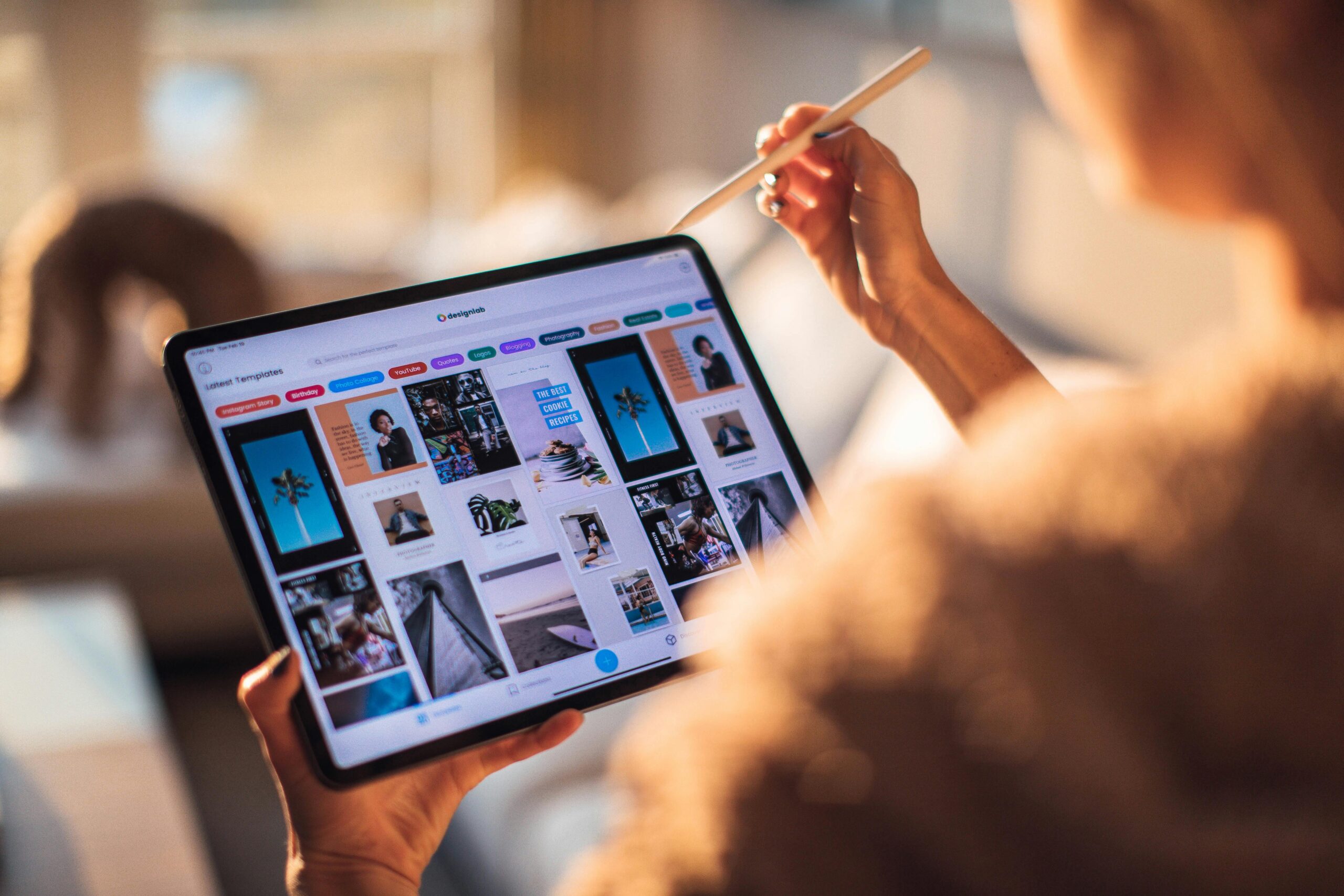Rather than focusing solely on the product’s functionality, UCD emphasizes the importance of understanding the users‘ needs, behaviors, and goals. The objective is to create products that are intuitive, easy to use, and effective, ultimately leading to a more satisfying user experience. As technology advances and user expectations evolve, the need for user-centered products has become more critical in various industries, from software development to consumer goods.
Traditionally, design was often driven by aesthetics and technological capabilities, with less emphasis on the end user. However, in recent decades, the design world has shifted toward a more user-focused approach. This shift is a response to the growing recognition that user satisfaction is closely tied to the usability and accessibility of a product. Today, the emphasis is on creating experiences that are not only visually appealing but also meet the needs of the people using them, whether that be through simplicity, ease of navigation, or solving specific pain points.
This article explores the concept of user-centered design, outlining its principles, processes, and benefits. By understanding UCD’s importance and application, we can see how focusing on the user not only creates better products but also drives business success. We’ll dive into the key stages of the UCD process, explore its real-world applications, and examine the challenges designers face when implementing this approach.
- What is user-centered design?
- The user-centered design process
- Benefits
- User-centered design in practice
- Challenges in implementing user-centered design
- Conclusion
What is user-centered design?
Definition and Core Principles
User-centered design is an iterative design process that focuses on understanding users‘ needs, behaviors, and preferences to create products that offer the best possible user experience. The core principles of UCD involve:
- Involving users in every phase of the design process: From research and ideation to testing and iteration, users should be engaged to ensure their feedback shapes the final product.
- Empathy and Understanding: Designers must have a deep understanding of their users‘ lives, motivations, and challenges. This insight drives design decisions that align with user expectations.
- Iterative Process: UCD is not a one-time project but an ongoing cycle of prototyping, testing, and refining based on real user feedback.
The Focus on Usability and Accessibility
Usability and accessibility are at the heart of UCD. The goal is to create products that are easy to navigate and efficient to use. Whether designing a website, mobile app, or physical product, ensuring that users can complete tasks without confusion or frustration is essential. Accessibility ensures that these products are usable by all people, including those with disabilities. This approach is not just about meeting functional requirements but ensuring that the product is intuitive, inclusive, and accessible to diverse users.
The Role of Empathy in Design
Empathy plays a crucial role in user-centered design. Designers must understand not only the technical requirements of a product but also the emotional needs of the user. This understanding helps designers create solutions that resonate with users on a deeper level, addressing their frustrations and enhancing their overall experience. Empathy in design ensures that products are aligned with real-world challenges, making them more meaningful and impactful.
The user-centered design process

Research and User Personas
The first step in any UCD process is conducting thorough user research to understand who the users are and what their needs entail. Methods like user interviews, surveys, and observational studies help gather insights into users‘ behaviors, pain points, and goals. From this data, designers create user personas, which are fictional yet data-driven representations of target users. These personas help ensure that design decisions align with real user needs and serve as a reference point throughout the design process.
Prototyping and Iteration
Once research and user personas are established, designers move into the prototyping phase. This involves creating low-fidelity prototypes (such as wireframes or mockups) that outline the basic functionality and structure of the product.
Prototyping allows designers to test their ideas and gather feedback early on, helping to avoid costly mistakes later. Iteration is key—based on feedback from users, prototypes are revised and improved to refine the product until it meets the needs and expectations of the target audience.
Usability Testing and Feedback Loops
Usability testing is a fundamental part of the UCD process. It involves testing the product with real users in real scenarios to identify any usability issues, such as confusing navigation or inaccessible elements. Feedback is gathered through user testing sessions, where participants interact with the product, and designers observe and analyze their behaviors. Feedback loops allow for continuous improvement, ensuring that the product evolves to better suit user needs at every stage of development.
Benefits
Improved User Satisfaction
One of the most significant benefits of user-centered design is improved user satisfaction. By focusing on the needs and preferences of users, designers create products that are not only functional but also engaging and easy to use. When users feel that a product has been designed with their needs in mind, they are more likely to be satisfied with the overall experience, leading to higher levels of customer loyalty and advocacy.
Increased Efficiency and Effectiveness
User-centered design enhances the efficiency and effectiveness of interactions between users and the product. When a product is easy to use and intuitive, users can accomplish their tasks with minimal effort. This reduces frustration and increases the overall success rate of users completing desired actions. Whether it’s filling out a form, making a purchase, or navigating a website, a well-designed user experience allows for more streamlined interactions and greater user success.
Reduced Development Costs
Although user-centered design requires initial investment in research, testing, and iteration, it can ultimately reduce development costs. By identifying usability issues early on in the design process, designers can avoid expensive changes after the product is launched. Additionally, involving users from the beginning ensures that the product meets their needs and reduces the likelihood of costly redesigns.
User-centered design in practice
Real-World Examples of UCD
Several industries and companies have successfully embraced user-centered design principles. For example, companies like Apple and Google have created highly successful products by focusing on intuitive, user-friendly designs. Apple’s iPhone and Google’s Search Engine are prime examples of how UCD principles can result in products that are not only effective but beloved by users. In the realm of website design, Airbnb has used UCD to create an intuitive platform that prioritizes ease of booking for users, driving their success in the online hospitality industry.
Designing for Diverse Audiences
User-centered design is especially valuable when designing products for diverse audiences. Whether it’s designing a website that’s accessible to people with disabilities, or creating an app that accommodates users from different cultural backgrounds, UCD ensures inclusivity.

For example, designing with color contrast, clear typography, and screen reader compatibility ensures that the product is usable for people with visual impairments, making accessibility a key focus of the design process.
UCD in Agile Development
User-centered design works well within agile development methodologies. Agile development encourages rapid iteration and regular user feedback, aligning perfectly with the principles of UCD. By involving users in every sprint and iteration, developers and designers can ensure that each phase of development is focused on improving the user experience. This integration allows teams to respond quickly to changing user needs and refine the product continuously.
Challenges in implementing user-centered design
Resource Constraints
One of the challenges in implementing UCD is the resource commitment required for thorough research, prototyping, and testing. Smaller teams or businesses with tight budgets may find it difficult to allocate sufficient time and resources for comprehensive user research and usability testing. However, even with limited resources, incorporating user feedback at key stages of development can still lead to significant improvements in the final product.
Balancing User Needs with Business Goals
While user-centered design prioritizes user needs, designers must also consider business goals. Balancing the desires of users with the needs of the business—such as profitability, branding, or market differentiation—can be a complex challenge. However, UCD allows designers to create products that fulfill both user expectations and business objectives by focusing on delivering value to users while meeting the company’s strategic goals.
Ensuring Inclusivity
Designing for inclusivity is a challenge, as it requires considering the diverse needs of users from different cultural backgrounds, with varying levels of accessibility needs. This can mean designing products that cater to different languages, physical abilities, or digital literacy levels. Ensuring that all users can access and enjoy the product often requires additional research and thoughtful design considerations.
Conclusion
User-centered design is an approach that emphasizes the importance of understanding users’ needs, goals, and pain points throughout the product development process. By involving users early and often, UCD ensures that products are functional, intuitive, and satisfying. The process not only improves the overall user experience but also enhances product effectiveness, reduces development costs, and helps businesses achieve long-term success.
User-centered design has revolutionized how products are created. It shifts the focus from the designer’s perspective to the user’s experience, ensuring that the products are designed with empathy and understanding. As a result, UCD leads to products that are more effective, engaging, and widely embraced by users.
As technology continues to evolve, user-centered design will remain an essential practice in product development. With the rise of new technologies like artificial intelligence and virtual reality, designers will need to stay focused on user experience to create meaningful, user-friendly products. The future of design will continue to prioritize user needs, ensuring that products are not only functional but also delightful to use.








